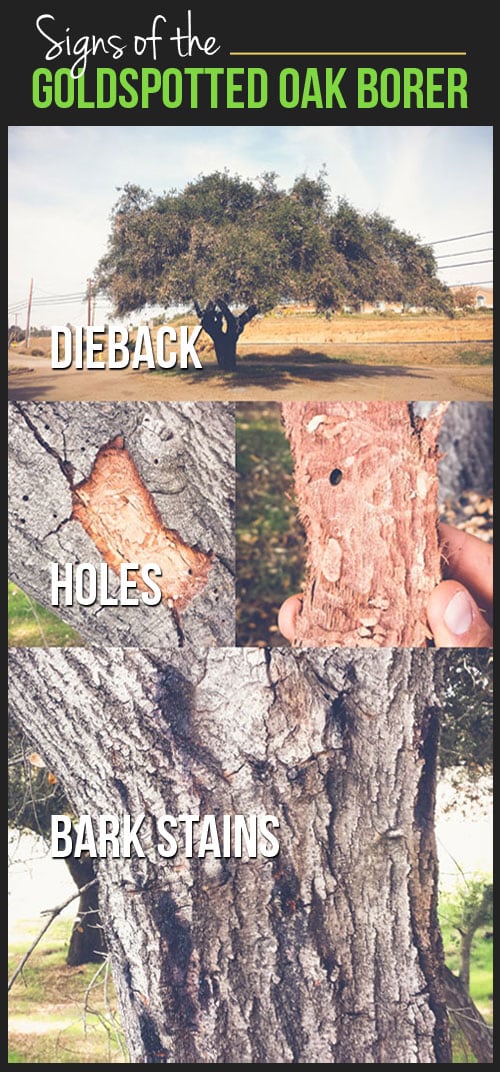Ideas That Suggest Tree Removal: Just How To Area Hazardous Trees
Ideas That Suggest Tree Removal: Just How To Area Hazardous Trees
Blog Article
Web Content By-Reid Connell
When it pertains to tree care, acknowledging the signs that it's time for elimination is essential for your security and residential or commercial property. You may discover tarnished leaves, wilting branches, or weird fungal developments suggesting health problems. Structural problems, like a substantial lean or fractures in the trunk, can also pose dangers. Recognizing these warning signs can assist you make informed decisions about your trees and avoid possible dangers lurking in your backyard. What should Can I Deduct Tree Removal On Taxes search for following?
Indicators of Degeneration and Disease
When you see signs of degeneration and condition in your trees, it's important to act promptly. Try to find discolored fallen leaves, wilting branches, or unusual growths like fungus. These can show that your tree is struggling.
If you see fractures in the bark or soft, mushy wood, these signs suggest internal decay. Furthermore, an abrupt increase in bugs around your tree can signify that it's damaged and prone.
Look for any dead or passing away limbs, as they present a threat to your residential or commercial property and safety. If you doubt concerning what you see, speaking with an arborist can offer clarity.
Dealing with https://howtoremovebushstumps62739.mdkblog.com/41162851/immerse-yourself-in-the-needed-actions-for-tree-stump-removal-and-learn-the-substantial-variables-that-could-influence-your-choice-to-move-on can save you from a lot more considerable damage and ensure the health and wellness of your backyard. Do not wait till it's too late.
Structural Instability and Leaning
As you observe your trees, keep an eye out for any type of indications of architectural instability or leaning. If a tree leans significantly, it may indicate that the root system is endangered.
Seek any kind of cracks in the trunk or dirt around the base; these can indicate possible failure. Additionally, look for unusual development patterns, like a lopsided crown, which might suggest that the tree is having a hard time to hold itself upright.
If you observe that the tree favors your home, high-voltage line, or various other structures, it poses a better danger. Don't disregard these indicators-- get in touch with an arborist to examine the circumstance.
Taking action early can avoid expensive damages and guarantee your security.
Dead or Dying Branches and Foliage
If you notice dead or passing away branches and foliage on your tree, it's a clear sign that something's incorrect.
These harmful areas can indicate underlying concerns like illness, insect problems, or ecological stress. When branches shed their leaves or transform brown, they're no longer adding to the tree's wellness. Ignoring these signs might result in further decline, making your tree more hazardous.
Dead branches can conveniently break short throughout storms, presenting a threat to property and people nearby. It's critical to analyze the extent of the damages.
If the trouble influences a substantial part of the tree, think about seeking advice from an expert. use this link can aid figure out if elimination is essential to guarantee security and preserve the elegance of your landscape.
Verdict
If you see any type of indications of decay, structural instability, or dead branches on your trees, do not ignore them. These indicators can pose major safety and security threats to you and your property. It's always best to speak with a specialist arborist who can offer an expert evaluation of your trees. Doing something about it early can stop mishaps and expensive damage, guaranteeing your landscape remains secure and healthy. Keep in mind, it's far better to be positive concerning tree treatment than to await a calamity to occur.
